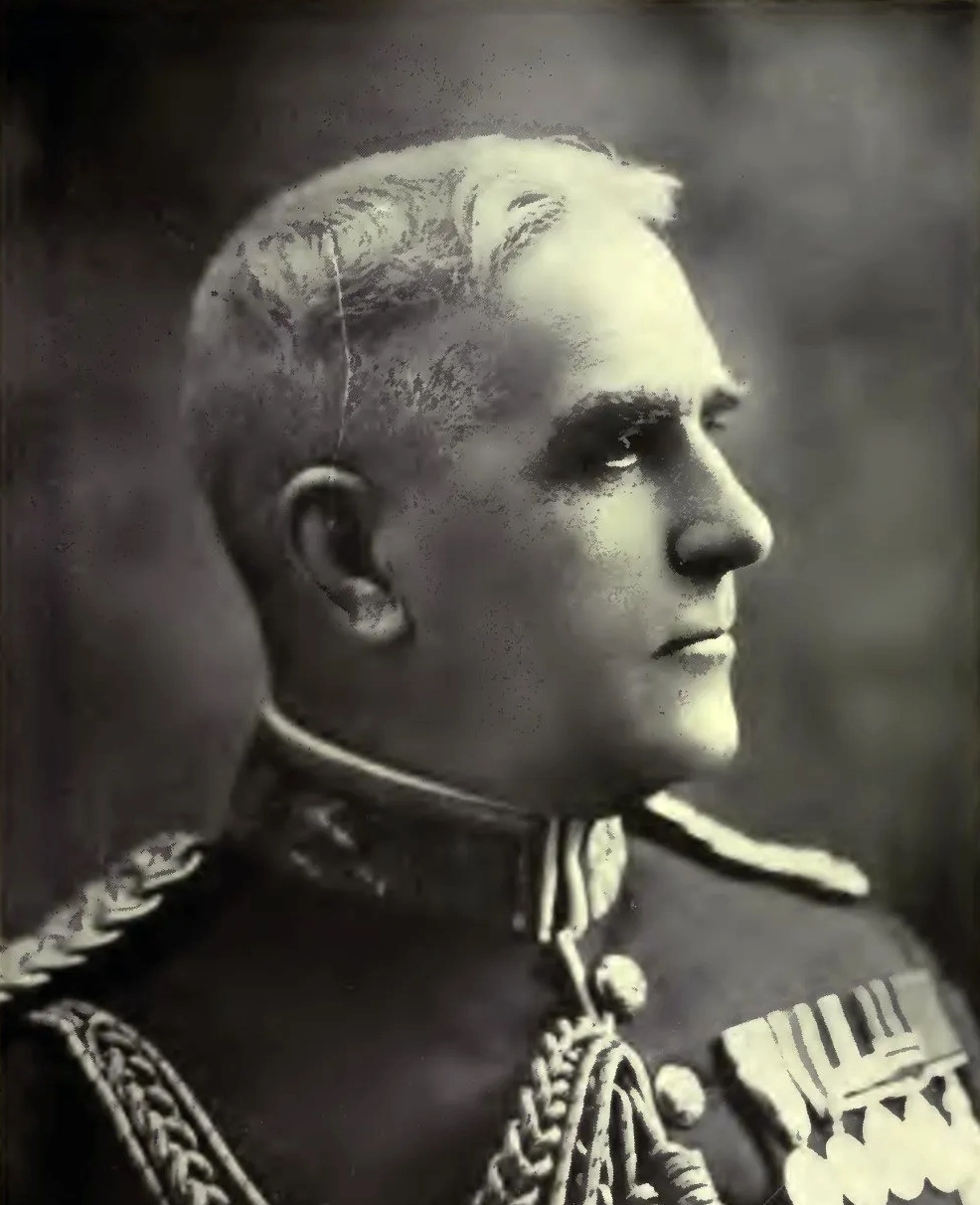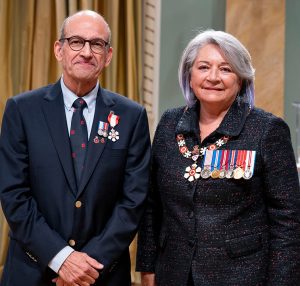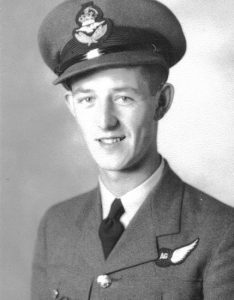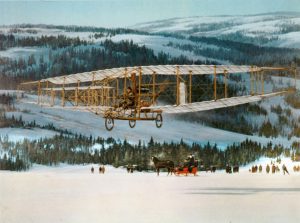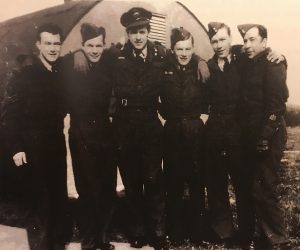
It took me two tries but I finally found him. A week ago, I fulfilled a promise made to my colleagues at the Royal Canadian Legion. In the lead up to Sunday’s Decoration Day, a day set aside (annually since 1890) to acknowledge veterans’ service, I volunteered to seek out the graves of several Canadian soldiers buried in cemeteries near Leaskdale and Zephyr.
“It’d be a big help if you could place flags at the gravesites,” Michele Viney said. “There’s one grave we’re aware of, a Pte. William L. Dempster, but we’ve never found his marker.”
“I’ll do my best,” I promised. (more…)
